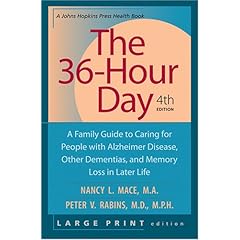
Forty-three percent of housholds aged 20-34 already own a home. Nationally about 70 percent of households now own a home. A return to normal lending practices and higher interest rates should lead to stagnation in housing.
The numbers indicate that housing is a long term problem for the economy. The long term chart indicates that homes are over owned and that the market is saturated. Demogrpahics already in place favor downsizing (retirement) and shrinkage in the pool of available new buyers. Numbers indicate a long term, possibly a decade, hangover in the housing market. This is much longer then anything now being anticipated in the market place.
It is likely that we will see significant mark downs in prices in the years ahead in the formerly hot areas like New York, California, and Florida. This will be necessary as supply continues to outstrip demand.
More details on next page.
Get the detailed paper from the Atlanta Fed
Source Atlanta Fed: Mortgage Innovation Boosted Home Ownership
After holding steady for three decades, the share of U.S. households owning their own home jumped from 64% in 1994 to 69% in 2005. The primary cause, argues a new staff study from the Federal Reserve Bank of Atlanta, was the introduction of new mortgage products that reduced the initial down payment needed by a home buyer.
The paper, by Matthew Chambers, Carlos Garriga, and Don E. Schlagenhauf, examines changes in home ownership by age cohort. The U.S. population aged in the last decade, boosting the share of the population in age cohorts that are more likely to own a home. But the authors conclude this explains just 16% to 31% of the rise in total home ownership. The introduction of new mortgage products, in particular those that allowed little or no down payment, accounts for 56% to 70% of the increase. Such “loans tend to be the contract of choice for younger cohorts which explains an important part of the increase in the aggregate homeownership rate observed since 1994,” they say. Indeed, while the homeownership rate rose for all age groups in that period, it rose most for households under age 35: it jumped to 43% from 37.3%

